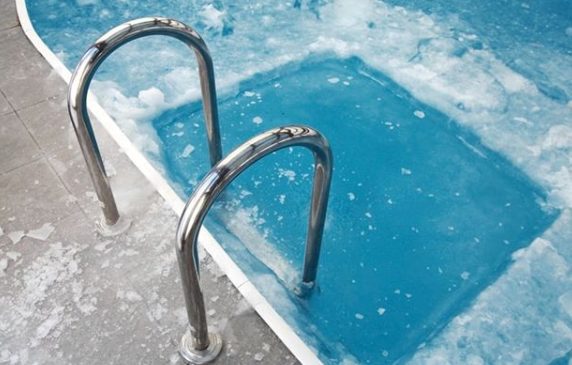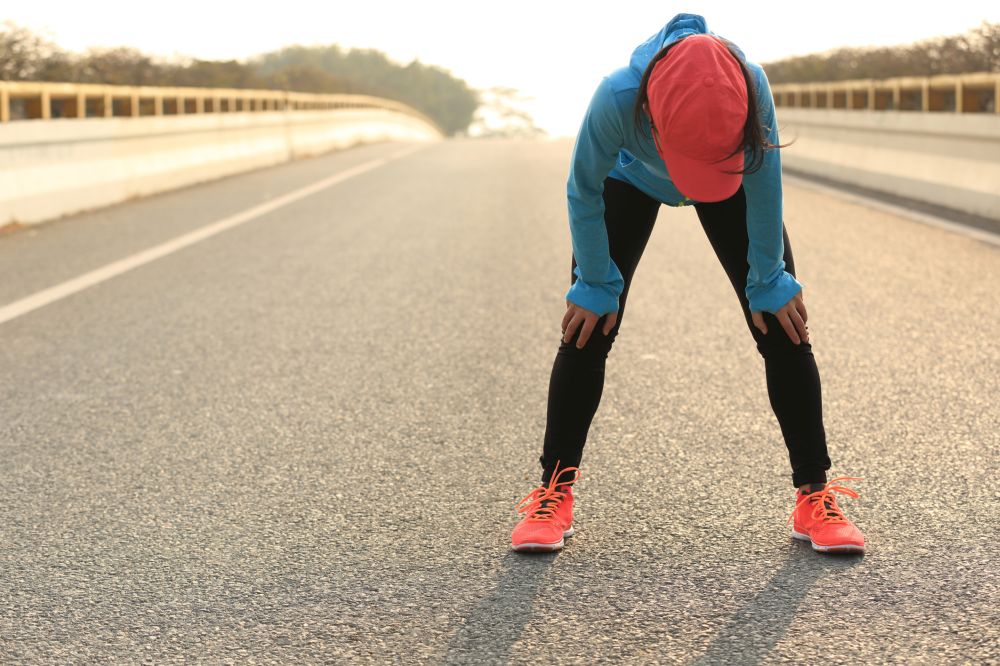Are ice baths helpful or harmful?
When you're sore after lots of running, chances are someone has suggested that you "ice that" or "put some ice on it" or "hop in an ice bath." But should you?


If you’re in the middle of your marathon build, cross-country season, or honestly a runner of any kind, you’ve been sore. And when you’re sore after lots of running, chances are someone has suggested that you “ice that” or “put some ice on it” or “hop in an ice bath.” The trouble is, the literature suggests that this might not actually be the ideal way to recover from hard training blocks.
RELATED: Better sleep means better recovery, but this many Canadians struggle to doze off
Lauren Roberts, a Toronto based physiotherapist, suggests that ice baths might be most effective in a taper phase, or after races, but it may be best to avoid them in the middle of a hard training block. “Ice baths are effective because they flush waste products from muscles. These waste products are a result of the microtrauma that muscles have experienced during exercise. This process is also known as muscle inflammation.”
https://www.instagram.com/p/BnS_ZblDR1X/?hl=en&tagged=icebath
Inflammation has negative connotations. What many runners either don’t know or forget, is that inflammation in small amounts is actually needed to promote muscle change and strengthening. Roberts says, “Inflammation is needed in small doses in a training program. It kick-starts muscle adaptation. If cold tubs are consistently introduced during that inflammatory phase, it might slow training through that cycle, and inhibit overall training gains.”
RELATED: Sleep deprivation caused me to crash and burn… lesson learned
Roberts recommends that ice baths be used during specific training times. “Use ice baths depending on where you are in your training cycle, for example, in a multi-day competition or after a race. Those aren’t phases where you’re looking to make gains, you’re looking to feel good. In the middle of a training cycle, it’s likely to do more harm than good. I’d recommend using them sparingly in the middle of training cycles instead of a part of your daily routine.”
Roberts reminds that recovery is a very holistic process. There are many other things that can be extremely helpful like nutrition, hydration and sleep. Keeping on top of those things will help keep the legs feeling good.


